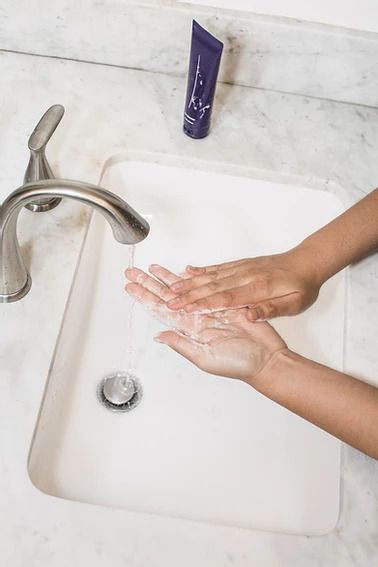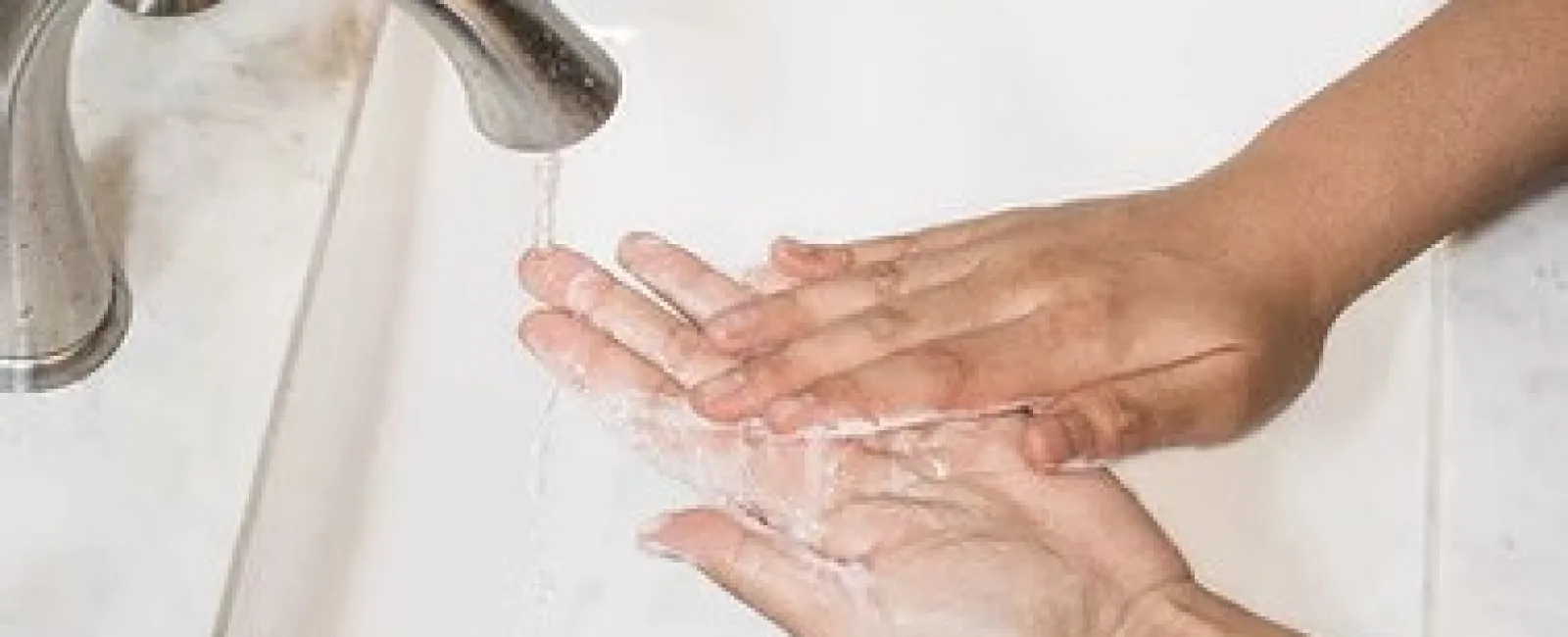Deep beneath your yard, a bustling microscopic ecosystem is hard at work inside your septic tank. This environment is home to billions of naturally occurring bacteria that are essential for breaking down the waste your household produces. A healthy septic system depends entirely on maintaining a thriving population of these beneficial microbes. But what happens when this delicate balance is disrupted? Understanding the difference between a healthy bacterial environment and an unhealthy one is the first step in proper septic system maintenance and preventing costly failures.

The "Good" Bacteria: Your Septic System's Essential Workers
Your septic tank is essentially a self-contained wastewater treatment facility, and bacteria are the star employees. They break down complex organic waste, separating it into layers of sludge (solids at the bottom), scum (fats and grease on top), and effluent (the liquid middle layer that flows to the drain field). This process is vital for preventing clogs, backups, and foul odors. The primary "good" bacteria fall into two categories:
Anaerobic Bacteria: These are the most common bacteria inside the sealed, oxygen-deprived septic tank. They are resilient and work diligently to decompose the solid waste that settles at the bottom of the tank, turning it into liquid and gases.
Aerobic Bacteria: This type of bacteria requires oxygen to survive and is incredibly efficient at breaking down waste. While they play a smaller role inside the tank itself, they are crucial in the drain field, where the effluent is released. There, they purify the water by breaking down any remaining organic matter before it safely returns to the groundwater.
Beyond bacteria, a healthy tank may also contain other microbes like protozoa and rotifers that help control the bacterial population and clear the wastewater.
Defining "Bad" Bacteria: When the System Goes Wrong
It's a common misconception that "bad bacteria" invade your tank. More accurately, a "bad" septic environment is one where the population of beneficial bacteria has been compromised. This can happen in two ways:
Depletion of Good Bacteria: When the helpful anaerobic and aerobic bacteria are killed off, waste is no longer broken down efficiently.
Overgrowth of Harmful Pathogens: Wastewater naturally contains harmful bacteria. A healthy septic system neutralizes these, but an imbalanced system can fail to do so, posing environmental risks.
Signs of an Unhealthy Bacterial Balance
If the good bacteria in your tank are struggling, your septic system will give you warning signs, including:
Foul Odors: Unpleasant smells from your drains or yard are a sign that waste isn't decomposing properly.
Slow Drains: If sinks, showers, and toilets are draining slowly, it could indicate a backup starting in the tank.
Pooling Water: Water pooling in your yard around the septic tank or drain field is a red flag for system failure.
Needing Frequent Pumping: If you have to pump your tank more often than the recommended 3-5 year schedule, it's a sign the bacteria aren't keeping up with the sludge.
How to Protect Your Good Bacteria and Maintain a Healthy System
Maintaining a thriving bacterial colony is straightforward. It's less about adding new things and more about not harming what's already there.
1. Be Mindful of What Goes Down the Drain
Many common household products can kill the essential bacteria in your tank. Use the following with care or avoid them entirely:
Harsh Chemical Cleaners: Bleach, drain cleaners, and many toilet bowl cleaners are highly toxic to bacteria. Opt for septic-safe or biodegradable cleaners.
Antibacterial Soaps and Disinfectants: Excessive use of these products kills the good bacteria along with the bad. Normal use is typically fine, but overuse can disrupt your system.
Fats, Oils, and Grease: These can clog pipes and create a film over the waste, preventing bacteria from breaking it down.
Non-Biodegradable Items: Things like "flushable" wipes, diapers, coffee grounds, and cat litter do not break down and will quickly fill your tank.
2. The Truth About Septic Additives
You've likely seen products that claim to boost your septic system's bacteria. However, most experts, including the U.S. Environmental Protection Agency (EPA), agree that additives are generally not necessary for a healthy, properly maintained septic tank. A functioning system naturally contains all the bacteria it needs. In fact, some additives can do more harm than good by disrupting the natural balance or pushing solids into the drain field. Routine pumping is a more effective and necessary maintenance step.
3. Don't Overwhelm the System
Your septic system is designed to handle a specific volume of water. Overloading it can dilute the bacteria and push solids out into the drain field before they are fully broken down.
Space out laundry loads throughout the week.
Fix any running toilets or leaking faucets promptly.
Install water-saving fixtures where possible.
4. Schedule Regular Septic Pumping
No matter how healthy your bacteria are, they cannot break down everything. Indigestible solids and sludge will build up over time. Professional pumping every three to five years is essential to remove this buildup and keep your system running efficiently. This routine maintenance allows the bacteria to stay ahead of the waste and prevents backups.
If you're noticing signs of an unhealthy septic system or it's been more than three years since your last service, it's time to call in the professionals. The team at Scorpion Septic provides complete septic maintenance, inspection, and pumping services for homeowners. As a family-owned company, we are committed to providing high-quality service at affordable prices. Visit us online to see a full list of our services or call (678) 300-7352 to schedule your appointment today.

